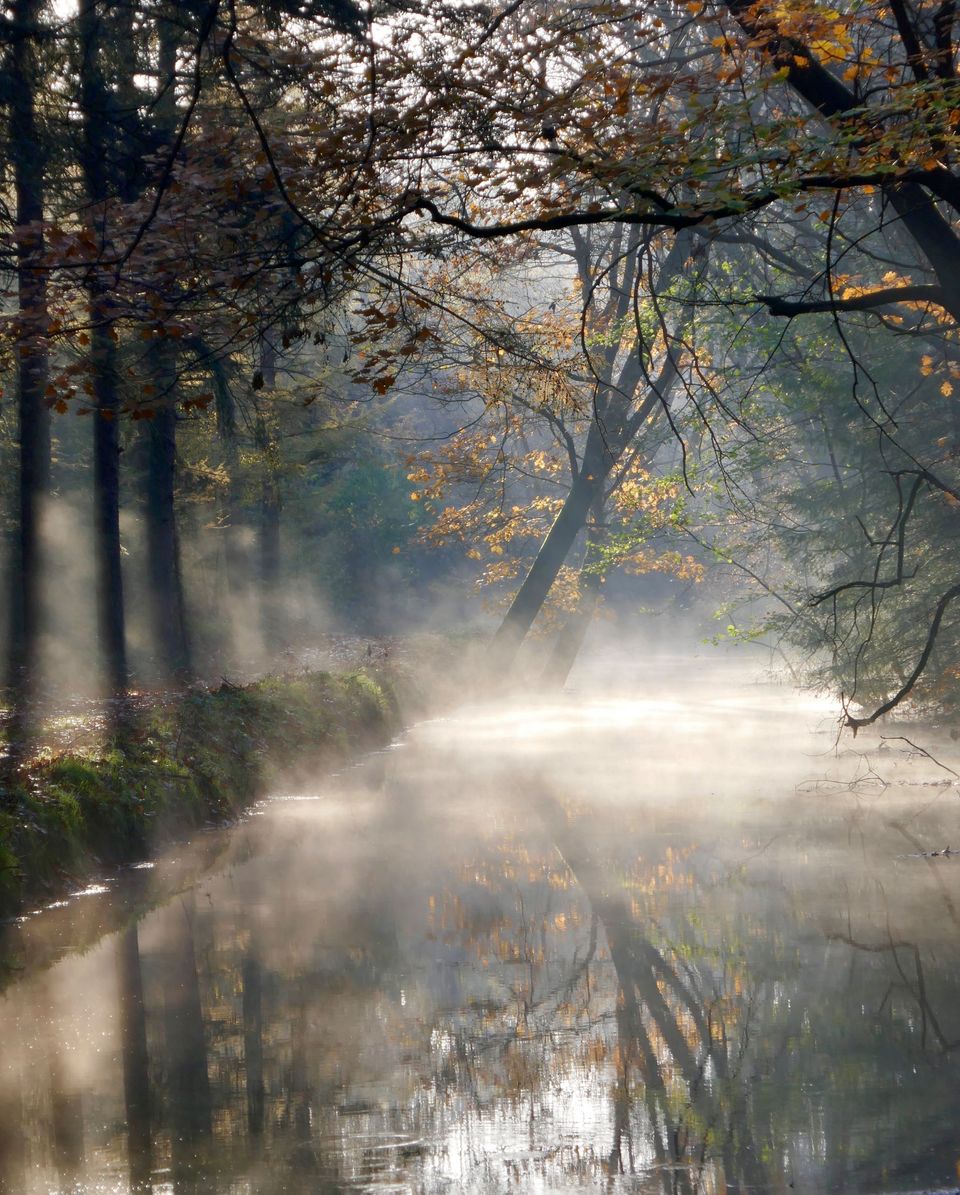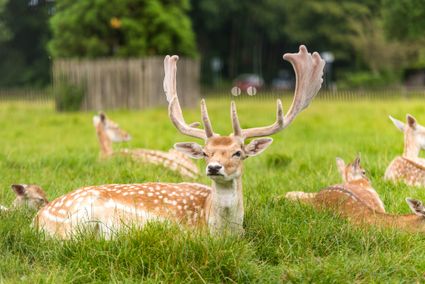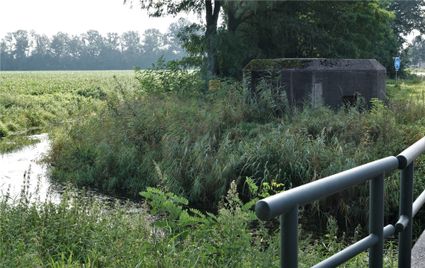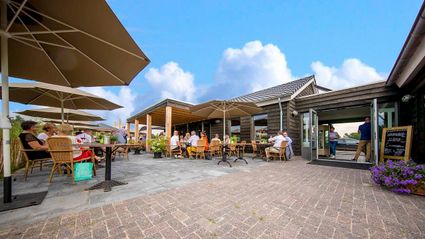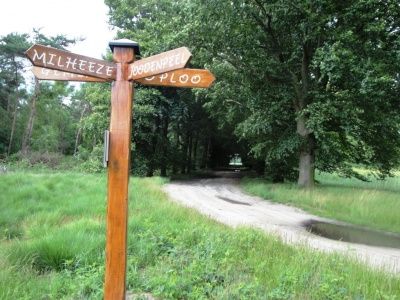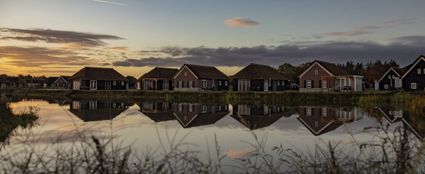Natuurgebied Bakelse Plassen | Milheeze
Thousands of years ago, predecessors of the Meuse and Rhine rivers flowed through eastern Brabant and left a sediment of a river deposit full of gravel here. Because the Bakelse Plassen lie on the higher Peelhorst, which is pushed up by the Peelrand fault, this river sediment lies quite high on the surface. This is also the reason why gravel has been mined here since 1986, creating an ever larger lake, which is still expanding today.
In 2005, Aa and Maas and the Municipality of Gemert-Bakel started t…
Thousands of years ago, predecessors of the Meuse and Rhine rivers flowed through eastern Brabant and left a sediment of a river deposit full of gravel here. Because the Bakelse Plassen lie on the higher Peelhorst, which is pushed up by the Peelrand fault, this river sediment lies quite high on the surface. This is also the reason why gravel has been mined here since 1986, creating an ever larger lake, which is still expanding today.
In 2005, Aa and Maas and the Municipality of Gemert-Bakel started the Integral Area Program Bakel-Milheeze Noord, in which the Bakelse Plassen were included to extract gravel up to a maximum of 100 ha of water surface and from here, at the time, the Nederheide natural pool was also realized. Currently the water surface west of the Hooizak is being expanded for gravel extraction. In 2011, work began here on redesigning the area for nature compensation. After the application of heather sediments, a gradual transition has been created from the banks to wet and dry heathland where, among others, the sundew, common heather, heather and the marsh helleborine occur, and the viviparous lizard and the moor frog have found their habitat. The constructed bank swallow walls are also well used by nesting bank swallows each year. Every year these spectacular kites are a true spectacle to behold for nature lovers.
This dry and wet heath needs nature management. That is why IVN Gemert-Bakel i.c.w. Ranox Natuurontwikkeling makes an annual effort on the Northbank to thin out the young tree growth with the aim to give these rare plants with accompanying butterflies and other insects a chance. The bird working group 't Vuggelke of IVN Gemert-Bakel has been making an inventory of the breeding birds here for several years and submits these counts to SOVON.
Over the years the Bakelse Plassen have become a very bird-rich area, both on the banks and on the water. But also water bats feel very much at home here. And in the early morning hours deer come here to drink.
Among other breeding waterfowl here are; the grebe, little grebe, mute swans, greylag geese, mallards, tufted ducks, gadwall, lesser plover, moorhens and coots, and in 2019 269 shore swallows and last year 229 shore swallows counted. Meanwhile, on the banks and the adjacent golf course, many species of birds have also found their nesting place and habitat. Some of the breeding species found here include: the green - the black, the little spotted and the great spotted woodpecker, woodlark, barn swallows, tree pipit and meadow pipit, black redstart, stonechat, mockingbird, treecreeper, blackhead, greenfinches, goldfinches, goldfinches, linnets, linnets, yellowhammer and the beautiful goldfinch.
